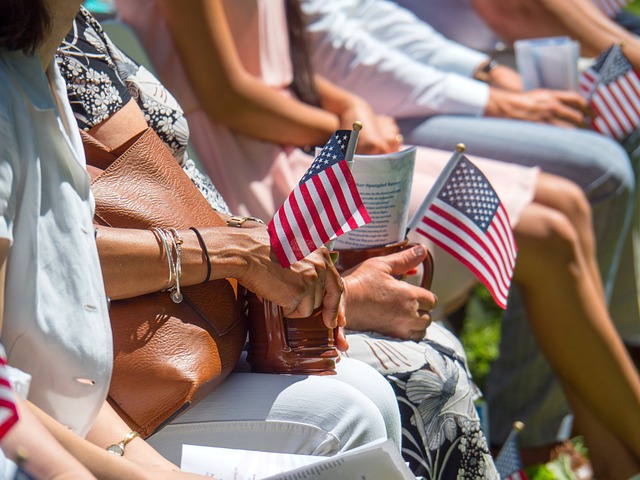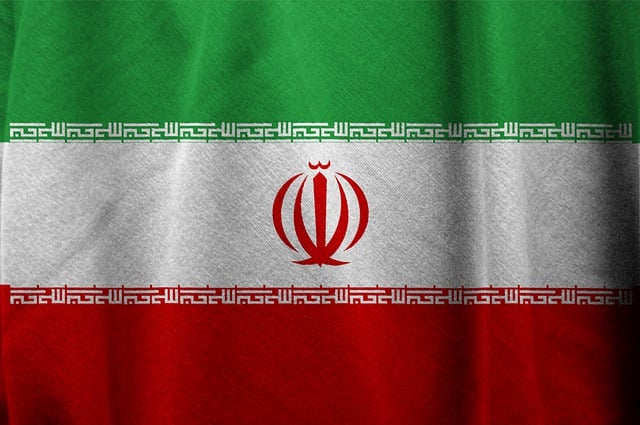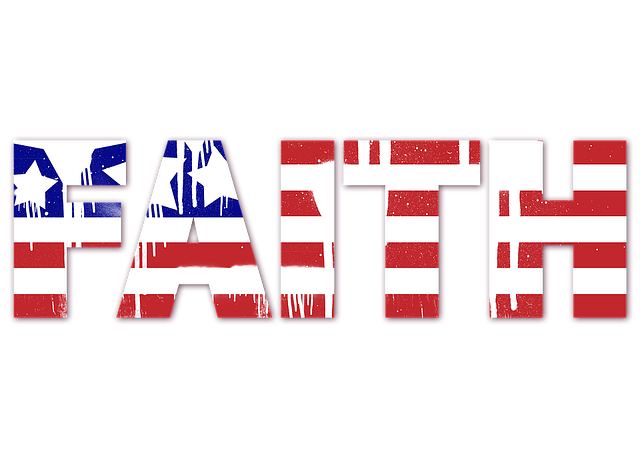The "We the People" American Flag is a powerful symbol of freedom, democracy, and unity, embodying the nation's core values through its vibrant colors and distinct stars. Representing the collective strength and shared history of the United States, the flag serves as a reminder of the ongoing fight for liberty and equality, fostering a sense of belonging among diverse communities. Preserving this iconic emblem through ceremonies, art, and storytelling ensures that it continues to inspire future generations, reinforcing the nation's commitment to "We the People."
“The American Flag, often referred to as ‘Old Glory’ or ‘Stars and Stripes,’ is more than just a symbol; it’s a testament to the nation’s founding ideals of freedom and unity. This article explores the historical significance of We the People, delves into the flag’s evolution as a powerful symbol, and examines how its design reflects American values. From unifying diverse citizens to preserving cultural heritage, the flag serves as a lasting reminder of the nation’s commitment to liberty and democracy.”
- The Historical Significance of We the People: A Foundation for Freedom
- American Flag: More Than Just a Piece of Fabric
- National Values Reflected in Design and Symbolism
- The Flag as a Unifier: How It Represents Diverse Americans
- Preserving and Honoring: The Role of Culture in Maintaining Freedom's Symbol
The Historical Significance of We the People: A Foundation for Freedom

“The phrase We the People etched into the fabric of the United States Constitution is more than just words; it signifies a powerful symbol of freedom and democracy. This revolutionary concept, present from the nation’s inception, emphasizes the collective strength and rights of its citizens. The American Flag, with its stars representing each state and its stripes symbolizing unity and struggle, serves as a tangible embodiment of these ideals.
Historically, We the People was a bold declaration, challenging monarchical rule and establishing a government ‘of the people, by the people, for the people’. It reflects the determination of early Americans to forge a nation where freedom, equality, and justice are not granted by a king but are inalienable rights. This historical significance continues to resonate, reminding us that the fight for liberty is an ongoing process, and the values represented by We the People and the American Flag remain foundational to the country’s identity.”
American Flag: More Than Just a Piece of Fabric

The American Flag, often referred to as “Old Glory,” is more than just a colorful piece of fabric. It serves as a powerful symbol of freedom and national identity, encapsulating the ideals that We the People hold dear. Each stripe represents the 13 original colonies that fought for independence, while each star signifies one of the 50 states, united under a common purpose. The flag is a universal sign of the United States’ commitment to democracy, liberty, and justice for all.
Hanging majestically from government buildings, proudly displayed in homes, or carried with reverence during celebrations, the American Flag carries a profound history and meaning. It represents the struggles, triumphs, and shared values that have defined the nation. The simple act of saluting or flying this flag is an expression of loyalty, respect, and gratitude for the freedoms it stands for, reminding citizens of their interconnectedness as part of We the People.
National Values Reflected in Design and Symbolism

The We the People American Flag serves as more than a simple representation of a nation; it embodies and reflects the core national values that have shaped the United States. The design, with its vibrant red, white, and blue colors, represents not only the beauty of diversity but also unity and courage—values cherished by Americans. Each star on the flag symbolizes a state, reflecting the strength in numbers and the collective power of individual states within the union.
The 13 stripes, alternating between red and white, pay homage to the original 13 colonies that fought for independence. This symbolism resonates deeply with citizens, reminding them of the pioneering spirit, resilience, and freedom-seeking mindset that have defined American identity since its inception. The flag’s design is a powerful visual reminder of the nation’s commitment to liberty, democracy, and the shared aspirations encapsulated in its founding documents.
The Flag as a Unifier: How It Represents Diverse Americans

The We the People American Flag stands as a powerful symbol of unity and diversity, encapsulating the vast tapestry of Americans from all walks of life. It serves as a unifying force, reminding every citizen of their shared values and heritage. The design, with its vibrant colors and distinct stars and stripes, tells the story of a nation built on freedom, democracy, and the pursuit of happiness. Each element holds significance—the red, white, and blue representing courage, purity, and justice, while the 50 stars symbolize the 50 states, united under one national identity.
This emblem goes beyond political boundaries, fostering a sense of belonging among Americans. It becomes a common thread that binds together diverse communities, cultures, and backgrounds. Whether flown proudly at public gatherings or displayed in homes, schools, and government buildings, the American Flag evokes a collective spirit—a testament to the strength found in our differences and the unity we share as one nation under God.
Preserving and Honoring: The Role of Culture in Maintaining Freedom's Symbol

The We the People spirit, encapsulated by the American Flag, is not just a symbol but a living, breathing testament to freedom and democracy. Preserving and honoring this emblem goes beyond mere aesthetics; it is a cultural duty that reinforces our collective values. The flag, with its stars and stripes, serves as a constant reminder of our nation’s history, struggles, and triumphs, fostering a sense of unity and shared purpose among diverse communities.
Cultural practices play a vital role in keeping the flame of freedom burning bright. From school ceremonies where students pledge allegiance to community events showcasing patriotic art and music, these cultural expressions strengthen the bond between citizens and their symbol of liberty. By passing down stories, traditions, and teachings related to the flag, we ensure that its significance remains alive in the hearts and minds of We the People, generation after generation.
